The Art of Chinese Desserts: Delicate Creations to Delight Your Palate
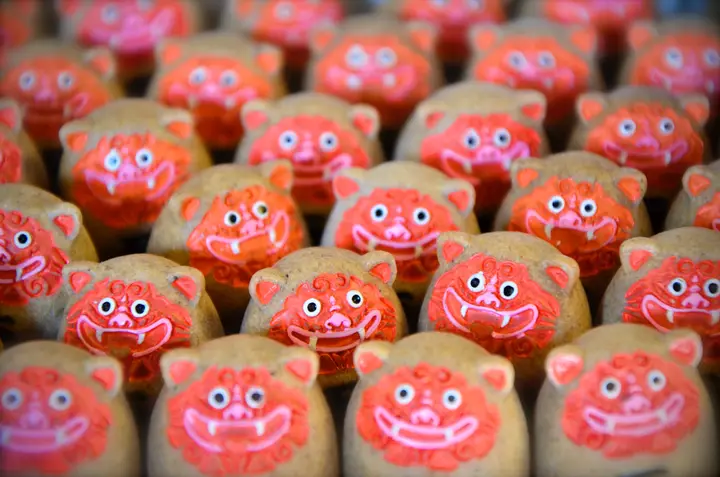
Candy is one of the most important table items in traditional Chinese culture, as the art of Chinese confectionery is an important cultural heritage that reflects the development of society and the country's ancient history. Combining delicate artistic beauty with exquisite taste, Chinese sweets appear in a variety of shapes and colors that attract attention and whet the appetite.
Show key points
- Chinese confectionery is deeply rooted in ancient traditions and mirrors the cultural and societal evolution of China through the centuries.
- These sweets aren’t just tasty but are crafted with intricate artistic designs that symbolize values like unity, prosperity, and happiness in Chinese culture.
- Over time, traditional Chinese sweets have evolved in ingredients and techniques, resulting in visually stunning and flavor-rich creations loved globally.
- ADVERTISEMENT
- Making Chinese sweets involves precise artistry, using tools and traditional methods passed down through generations to create intricate shapes and decorations.
- Famous sweets such as Jian Dui Feng, Nian Gao, and Tanghulu highlight the variety and richness of Chinese confections cherished during festivals and everyday life.
- Chinese sweets offer health benefits due to their natural ingredients such as fruits, nuts, and herbs, making them both delicious and nourishing.
- Modern Chinese confectionery blends tradition with innovation, incorporating technological advancements and contemporary aesthetics to appeal to today’s global audience.
History of Chinese confectionery art: a journey into time and culture

The art of Chinese confectionery dates back many centuries, uniquely harmonizing tradition and culinary innovation. These sweets reflect the evolution of Chinese society through the ages and express a rich heritage that tells the story of ancient Chinese culture.
Recommend
Initially, Chinese sweets were known for simplicity and modesty, using basic ingredients such as rice, honey and milk. Over time, confectionery techniques have evolved and the ingredients used have diversified, resulting in an amazing range of innovative desserts.
Chinese sweets have an important place in traditional Chinese culture. It was used for important celebrations and occasions such as Chinese New Year and Moon Day. These sweets are characterized by their intricate art forms that express the dedication and high craftsmanship of the makers.
Moreover, these sweets carried a deep cultural symbolism. For example, small food balls stuffed with peanuts represent the desire for unity and family integration, while cakes inscribed on their surface reflect happiness and prosperity.
Over time, the art of Chinese confectionery has become a source of great interest at the global level. These sweets have spread around the world and have become the focus of admiration and demand for Chinese food lovers.
The art of Chinese confectionery can be said to express the ancient Chinese culture and the spirit of renewal and innovation at the same time. The vision of artists and craftsmen in delivering a unique sensory experience is admired by the whole world, and these sweets remain a true expression of China's identity and rich cultural heritage.
Chinese confectionery techniques: art in making shapes and decorations
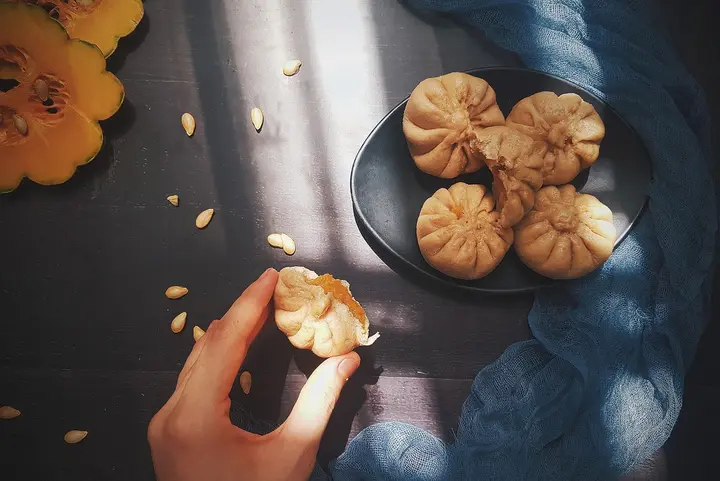
Chinese confectionery making techniques are an artistic genius that embodies well-known Chinese innovation and precision. In this fine art, professionals transform simple components into stunning pieces of art, shining brightly and sparkling with their delicate shapes. It is an art that requires patience and extreme skill to achieve the desired beauty and satisfy the taste of everyone who looks at it.
Chinese confectionery making techniques are based on the use of many different tools, such as molds and special equipment, that help create stunning shapes. Shapes vary from flowers and birds to famous animals and buildings. These shapes need superior cutting and engraving precision to match the artistic vision of the candy.
In making delicate decorations of Chinese candy, the techniques feature intricate details and beautiful drawings that are passed down from generation to generation. Artists craft candies in a delicate manner using small and delicate tools, requiring concentration and skill. Many techniques, such as engraving, sculpture and chocolate painting, are used to create subtle details and bring the dessert to life in the spirit of art.
Not only the techniques of making shapes and decorations play a role in the creation of Chinese sweets, but also the techniques of cooking and choosing ingredients. This art needs a perfect balance between taste and aesthetics. Various ingredients, such as Balinese rice, fresh fruit, and nuts, are used in innovative ways to create an engaging taste experience.
Chinese confectionery techniques are the product of a rich and renewed cultural heritage. It reflects the artistic and innovative spirit of the Chinese people, and embodies the beauty of the delicate mindset and dedication to manual labor. Tasting these desserts is not just a dining experience, it is an artistic experience that deserves to be enjoyed and appreciated.
The most famous Chinese sweets: get to know the favorites of the Chinese
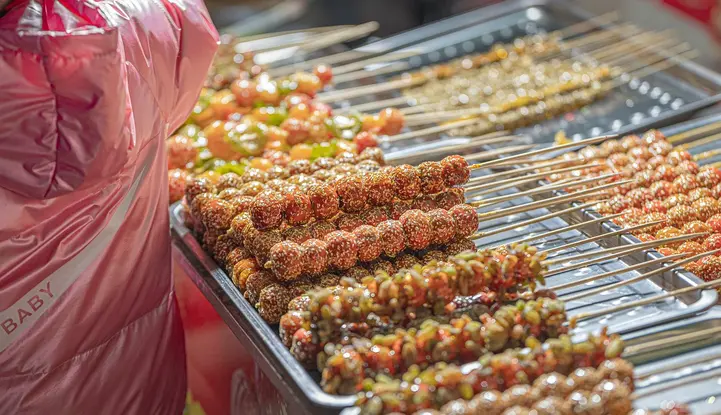
When we talk about the art of Chinese confectionery, we cannot overlook the famous and beloved varieties of Chinese hearts. Throughout the ages, these sweets have evolved into symbols of Chinese culture and tradition. This delicacy reflects the authenticity and ancient civilization of this ancient country. Today, we'll take you on a tour to discover the most famous Chinese sweets and learn about Chinese favourites.
1. Jian Dui Feng: This signature dessert is considered the most famous in China. It consists of a thin dough stuffed with a sweet filling of flour, sugar and dried fruits. They are formed into small discs and baked until they acquire a crisp and crispy consistency. It is loved by the Chinese and is considered an ideal snack in winter.
2. Nian Gao: Nian Gao is a symbol of the celebration of the Spring Festival in Chinese culture. It consists of a sticky rice dough, and is stuffed with a sweet filling such as hazelnuts or peanuts. Form the dough in different shapes, such as a ball or a heart, and then boil or grill. They are very popular at celebrations and special occasions.
3. Tang Hua: This delicious dessert consists of layers of transparent jelly with multiple flavors, such as fruit, green tea or even milk. They are cut into small cubes or different shapes, giving them a class appeal and making them suitable for eating in the summer.
4. Mong Chung: A popular meal in China, Mong Chung is rice flour balls filled with a sweet filling of peanuts, red beans, or even jam. Dip these balls in boiling water until cooked, then squeeze with crushed walnuts or grated coconut. It is a hearty snack popular with the Chinese.
5. Manto: One of the most famous Chinese sweets that occupies a special place in the hearts of Chinese is manto. Mantou is a fine round bread that is usually eaten as a breakfast or side dish. Mantou is prepared from flour and yeast and steamed, giving it a crisp texture and rich flavor. Mantou may be eaten with black bean sauce or with various fillings such as meat or sticky rice.
6. Tanghulu: If you are looking for a unique dessert experience, Tanghulu is the ideal choice. Tanghulu consists of fruit kernels dipped in solid sugar, usually strawberries or grapes as the main ingredients. This dessert is visually appealing, with solid sugar appearing beautifully around the juicy fruit. Tanghulu offers an excellent balance between sweetness and acidity, making it disappear in an instant.
These delicious Chinese sweets are only a fraction of their rich and diverse heritage. The variety of shapes, flavors and stories associated with these sweets has made them an integral part of Chinese culture and a food that is attested to its creativity and uniqueness.
The health benefits of Chinese sweets: beauty and food at the same time

In the confectionery world, Chinese sweets not only offer a delicious and refreshing taste, but also carry health benefits that cannot be ignored. Eating these sweets is an unforgettable experience for those looking for well-being that does not harm their health. So what are these health benefits that make Chinese sweets so popular with many?
First, Chinese sweets are rich in natural ingredients that promote the health of the body. Most Chinese sweets contain ingredients such as fruit, nuts, and medicinal herbs that provide the body with the necessary nutrients. Thanks to these ingredients, Chinese sweets are a complete nutritional meal that provides vitamins and minerals that are important for the health of the body.
Second, Chinese sweets are non-fat and light on the stomach. Although Chinese sweets may contain sugar, they are generally considered a healthy option due to their light preparation and the use of beneficial vegetable oils. This means that the dessert can be enjoyed without feeling heavy or acidic after eating.
Thirdly, Chinese sweets contain antioxidant properties that contribute to maintaining youth and beauty. Most Chinese sweets contain ingredients such as lotus, cranberries and dates, which are rich in antibiotics that help strengthen the immune system and delay the signs of aging.
Chinese sweets are not just a piece of sweetness, they are a symbol of beauty and health at the same time. If you are looking for a distinctive sweet experience that takes you on a journey of fun and benefit, then you should try amazing healthy Chinese sweets that satisfy your sweet desires and keep you fit and healthy.
Chinese confectionery in modern culture: future creations of historical heritage
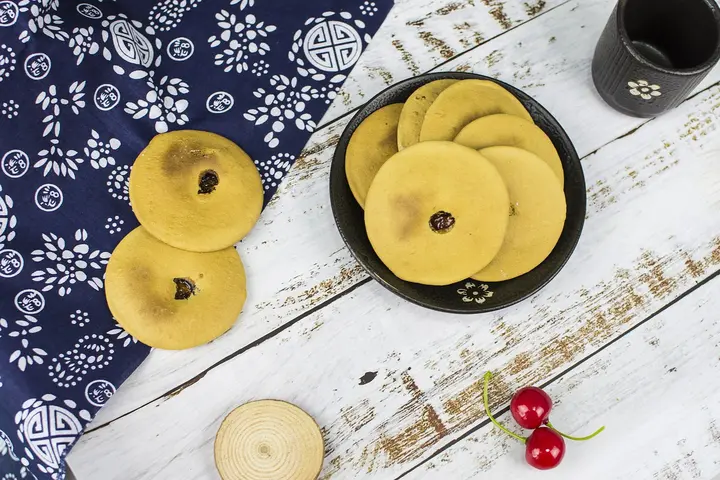
In the era of modern technology and rapid changes, Chinese sweets continue to flourish and renew. Beyond the tradition of classic designs and recipes, the world of Chinese confectionery has undergone an amazing development that carries with it future creations of a rich historical heritage.
This new transformation in the art of Chinese confectionery reflects the evolution of modern taste and changing consumer preferences. Chinese confectionery has begun to use modern technologies and cutting-edge ingredients to give a contemporary touch to its traditional designs.
By watching confectionery fairs and food festivals in China, we can see that there is great diversity in the presentation of Chinese sweets. Modern oriental bakery and sweets creations appear in innovative shapes and bold colors, making them attractive to the new generation of consumers looking for new and innovative experiences in the world of sweets.
Among these future innovations is the use of modern technologies such as three-dimensional printing and paper engineering techniques to create unique and complex forms of sweets. In addition, modern Chinese sweets offer diverse taste experiences with the use of natural and organic ingredients, rare spices and new tropical fruits.
These new innovations of Chinese confectionery reflect the community's desire to move away from routine and explore the new and innovative. Thanks to the continuous efforts to preserve this historical heritage, the art of Chinese confectionery continues to reach global and influence modern world cultures.
The presence of Chinese confectionery in modern culture is a testament to the continuity of this unique art and its strong influence on the contemporary world. They are futuristic creations that add a new and exciting flavor to a rich historical heritage, and make us wonder about the genius and creative thinking of the creators behind these charming desserts.
Modern creations in the art of Chinese confectionery: a modern journey in the world of flavors and colors

In the world of Chinese confectionery, creativity is spreading among artisans and chefs who strive to create new sweets that combine ancient traditions with modern character. It is a modern journey in the world of flavors and colors, taking us to a diverse and amazing world that allows us to experience new gastronomy and explore new dimensions of visual beauty.
These modern creations in Chinese confectionery art are based on the use of a variety of modern ingredients and techniques, while preserving the traditional principles and authentic spirit of the art. Fresh and natural ingredients, such as seasonal fruits and nuts, are used and masterfully blended with traditional ingredients such as honey and rice flour.
These creations are characterized by a variety of shapes and designs, there are sweets that resemble flowers, animals and buildings, and are very popular in festivals and important occasions. It is also characterized by color harmony, where a wide range of bright and bright colors are used to give the dessert a unique aesthetic.
These modern creations also reflect the artisans' interest in innovative and artistic designs, as the final form of the dessert is incredibly impressive and aesthetically pleasing to you. But it's not just appearance, these desserts are also characterized by a wonderful and harmonious taste, providing an unforgettable experience of sensual taste.
Modern creations in Chinese confectionery art take us on a modern journey into a world of unique flavors and colors. They are masterpieces that embody ancient cultural tradition and modern creativity, proving that Chinese confectionery still possesses an unlimited amount of creativity and beauty. By trying these sweets, we discover a sensory journey that takes us to an enchanting world worth exploring and enjoying.
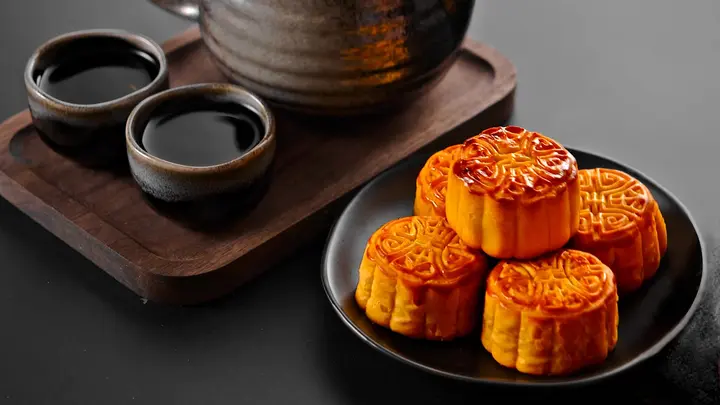
The art of Chinese confectionery reflects traditional Chinese sophistication and precision, combining visual beauty with heart-wrenching sensual tones. It's a unique blend of vibrancy and passion, with subtle shapes and vivid colours reflecting the artist's vision and skill in delivering an exciting experience for everyone who enjoys it. It is an art that embodies the spirit and culture of China, and remains an exceptional place in the hearts of candy lovers around the world.








